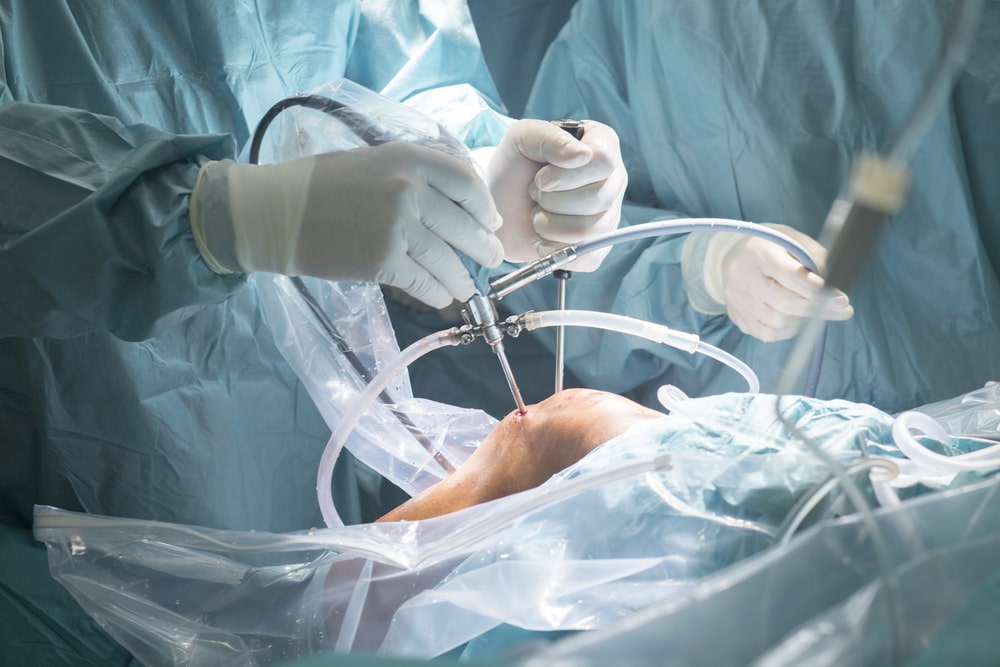
Introduction
Orthopaedics is a medical specialty that focuses on the diagnosis, treatment, and prevention of injuries and diseases of the musculoskeletal system. This includes the bones, joints, muscles, tendons, and ligaments. Orthopaedic treatment can range from simple, non-invasive methods to complex surgical procedures, depending on the nature and severity of the injury or condition. In this blog, we will discuss the different types of treatment methods used in orthopaedics.
Non-Invasive Treatment Methods
- Physical Therapy: Physical therapy is a common non-invasive treatment method used in orthopaedics. It involves a range of exercises and techniques designed to improve mobility, strength, and flexibility, and to reduce pain and inflammation. Physical therapy can be used to treat a variety of conditions, including back pain, joint pain, and sports injuries.
- Medications: Medications are another non-invasive treatment method used in orthopaedics. Pain relievers, anti-inflammatory drugs, and muscle relaxants can be prescribed to relieve pain and reduce swelling and inflammation. In some cases, injectable medications may be used to provide targeted relief to specific areas of the body.
- Assistive Devices: Assistive devices, such as crutches, braces, and canes, can be used to support and protect injured areas, allowing patients to move around more easily and reducing the risk of further injury. Assistive devices can also be used to help patients perform daily activities and maintain their independence.
Invasive Treatment Methods
- Arthroscopy: Arthroscopy is a minimally invasive surgical procedure used to diagnose and treat a variety of conditions affecting the joints, including knee, shoulder, and hip problems. During the procedure, a small camera and instruments are inserted through small incisions to visualize the inside of the joint and perform repairs.
- Joint Replacement: Joint replacement is a surgical procedure that involves removing a damaged joint and replacing it with an artificial joint, known as a prosthesis. Joint replacement is typically performed on hips, knees, and shoulders, and is used to relieve pain, improve mobility, and restore function in patients with advanced joint disease.
- Fracture Repair: Fracture repair is a surgical procedure used to treat broken bones. The procedure involves realigning the broken pieces of bone and stabilizing them with screws, plates, or other devices. In some cases, internal fixation devices may be used to provide additional stability, while in other cases, external fixation devices may be used to keep the bones in proper alignment while they heal.
- Spinal Surgery: Spinal surgery is a type of invasive treatment used to treat conditions affecting the spine, such as herniated discs, spinal stenosis, and spinal fractures. The procedure may involve removing or repairing damaged vertebral discs, fusing vertebrae together, or removing bone spurs.
Conclusion
Orthopaedics offers a wide range of treatment options for patients with musculoskeletal injuries and conditions. Whether it’s non-invasive methods, such as physical therapy and medications, or invasive methods, such as arthroscopy and joint replacement, orthopaedic treatment is designed to help patients recover from their injuries, relieve pain, and restore function. When considering orthopaedic treatment, it’s important to consult with a trained orthopaedic specialist to determine the best course of action for your individual needs.